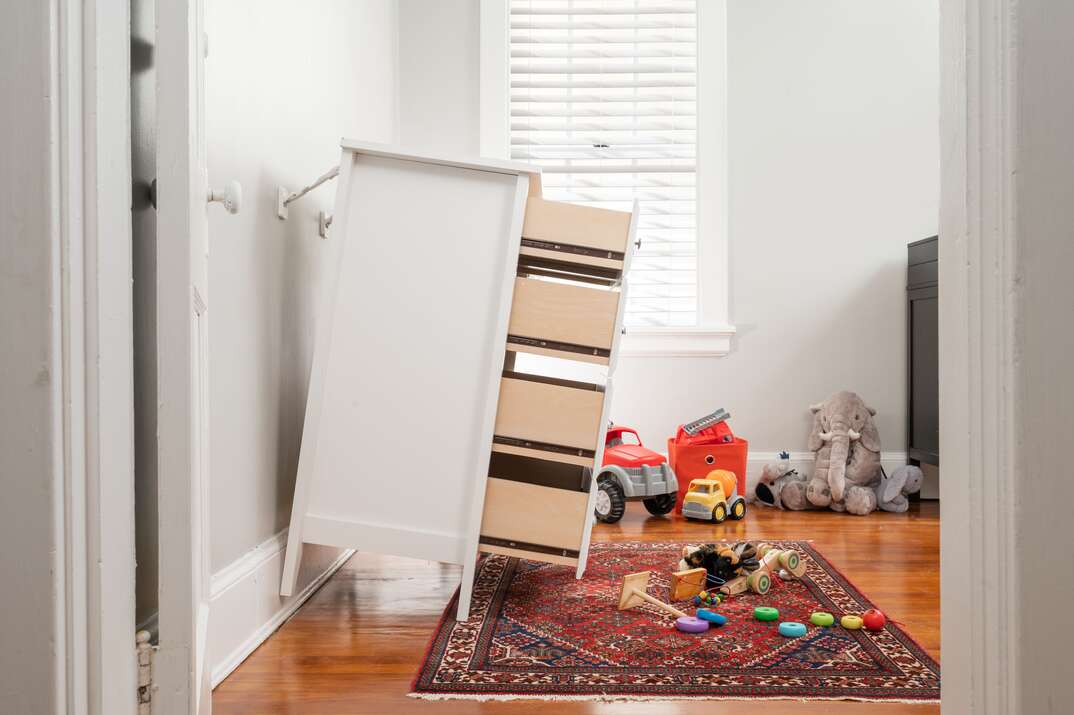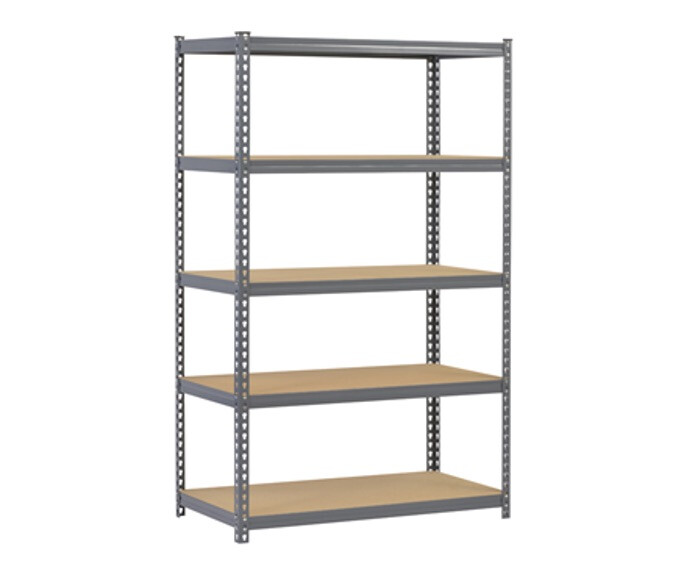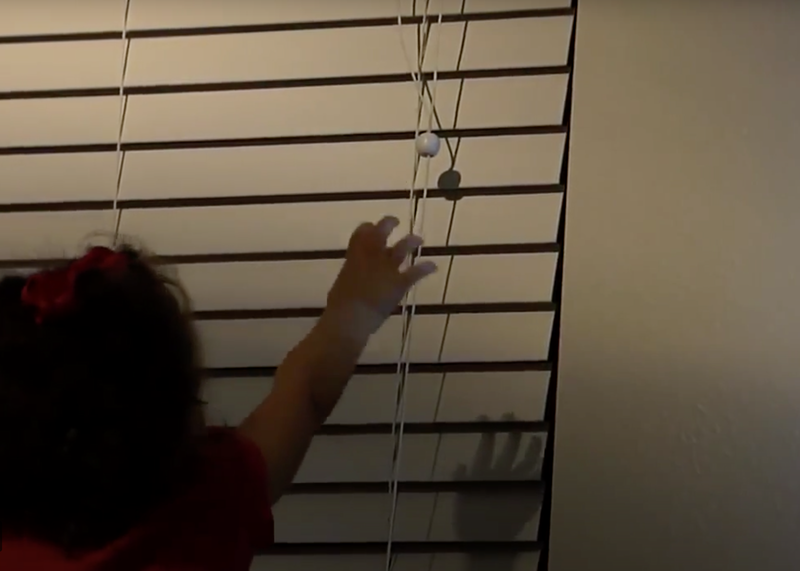Prevent Deadly Tip-Overs by Securing Your Furniture

CPSC image
Is your dresser attached to your wall? If you’re like many homeowners, you probably assumed that your furniture pieces are far too heavy to just topple over. But according to the Consumer Product Safety Commission, furniture tip-overs happen a lot more often than you might realize. Preventing these accidents is important — especially if you have young children in the house.
This May Also Interest You: Keep Children Safe Around Window Blinds: Go Cordless
A report from the CPSC found that, on average, 11,100 children are treated in emergency rooms each year for injuries sustained from tip-over incidents. Between the years 2000 and 2019, 469 children were killed by TV or furniture tip-overs.
Tip-overs happen for all kinds of reasons. Usually, it involves the user putting some kind of force on an unstable product, like a child climbing up the open drawers of a dresser and causing it to fall over. But tip-overs can also happen due to unstable product design, or because the product is on an uneven or sloped surface. TVs, dressers and shelving units are some of the most common items involved in tip-over accidents.
Check for Recalls
To avoid dangerous tip-overs, you should start by checking the CPSC’s list of recalled products. Furniture items that fail to meet certain industry standards for stability may be recalled by the manufacturer. In most cases, you’ll want to stop using recalled furniture pieces, or move them out of rooms where children can access them until they can be repaired.
Use Furniture Anchors
You can also install anti-tip kits that anchor TVs and furniture pieces to the wall. These kits are available online and at most hardware and big-box stores for $10 to $20. Anchor It — a campaign launched by the Consumer Product Safety Commission in 2015 — recommends using a kit that has mounting brackets or plates and a connecting strap.
To install one of these anchor kits, you’ll need a stud finder, pencil, drill, screwdriver and drywall screws if the kit doesn’t already include them. First, read the instructions that came with the kit. For most kits, you’ll be able to follow these installation steps:
1. Attach the brackets to the wall. You’ll have to find studs to screw them into. In most homes, the studs are about 16 to 24 inches apart. Use a stud finder to locate the studs closest to your piece of furniture and mark them with a pencil.
2. Place the brackets where you want them to sit on the wall. Trace the holes so you know where to drill.
3. Drill the holes. Line the brackets up with the holes and screw them in place.
4. Connect the other brackets to the item of furniture using the same trace, drill and screw method. Drill into solid parts of the piece, if possible; avoid attaching the brackets to thin or detachable parts of the item.
5. Attach the strap between the two brackets, then move the furniture piece to where you want it to sit.
6. Tighten the straps. Check that they’re secure by pulling on the strap at the end near the wall. There should be no slack, and nothing should move around when you do this.
More Related Articles
- Babyproofing Your House: A Child-Safety Checklist
- What Do You Do When a Product Is Recalled? Here’s Everything You Need to Know
- Hot Tips! 5 Backyard Fire Safety Suggestions
- Toxic Relationship: Never Mix These Household Cleaners and Chemicals Together
- Play It Safe With Anti-Vortex Pool Drain Covers: Here’s How to Install One
Secure Your TVs, Too
Avoid TV tip-overs by mounting the flatscreens on the wall. You can also get anchoring kits that are specifically designed to work with televisions. These brackets attach to the wall and the mounting holes on the back of the TV. If you have an older, tube-type TV that doesn’t have mounting holes, you may need to find a kit with adhesive brackets to secure it down.
If you can’t anchor the TV, try to place it on a sturdy piece of furniture that’s low to the ground. Push it as far back and close to the wall as you can.
Keep TV cords and cables out of reach so children can’t use them to pull items down. The same goes for remotes and other items that might tempt children to climb up on a console or TV stand.


